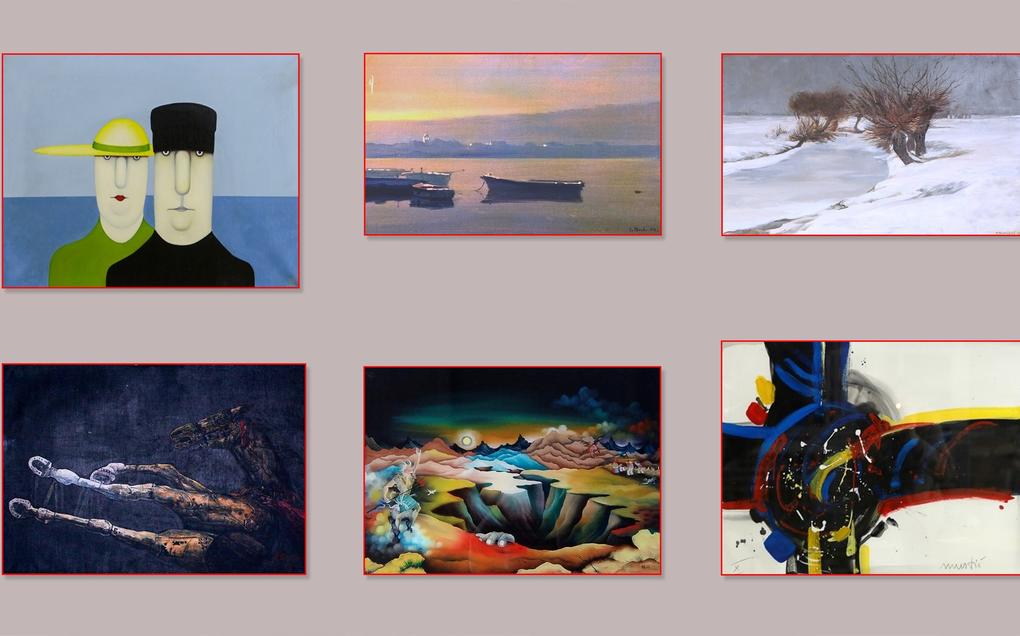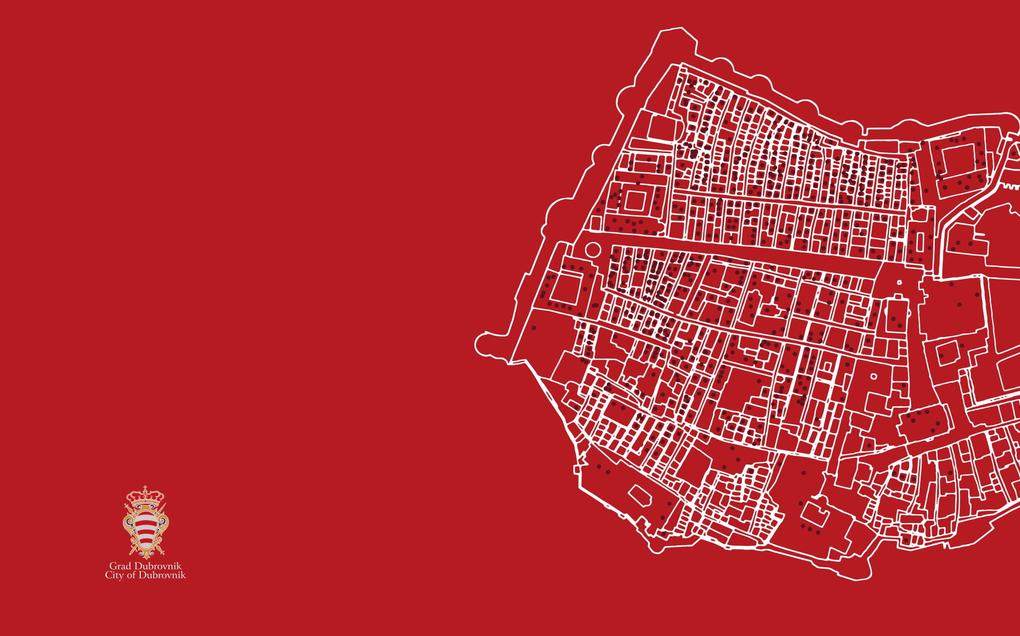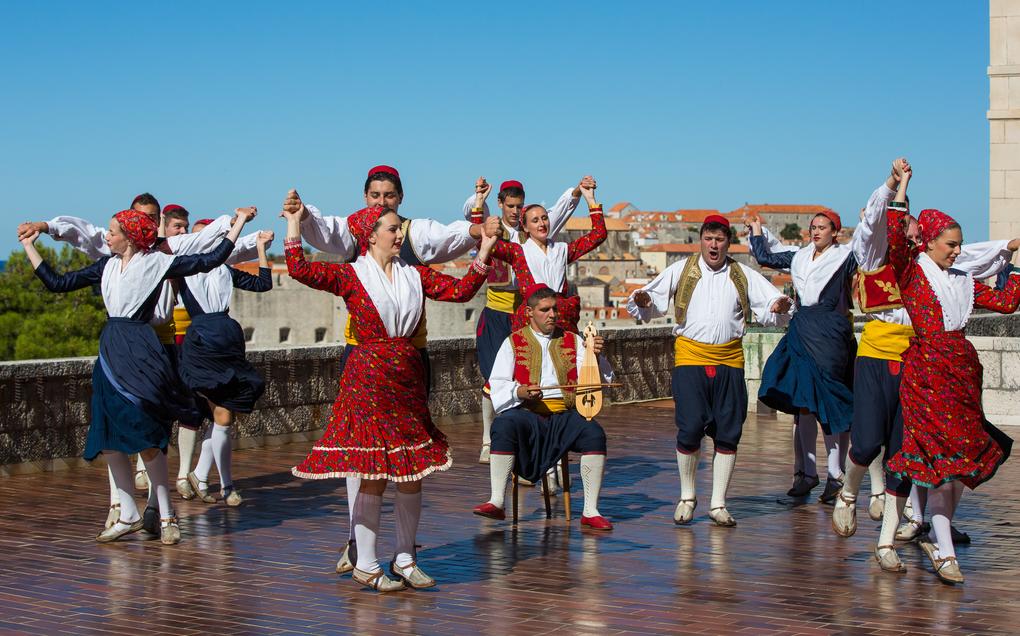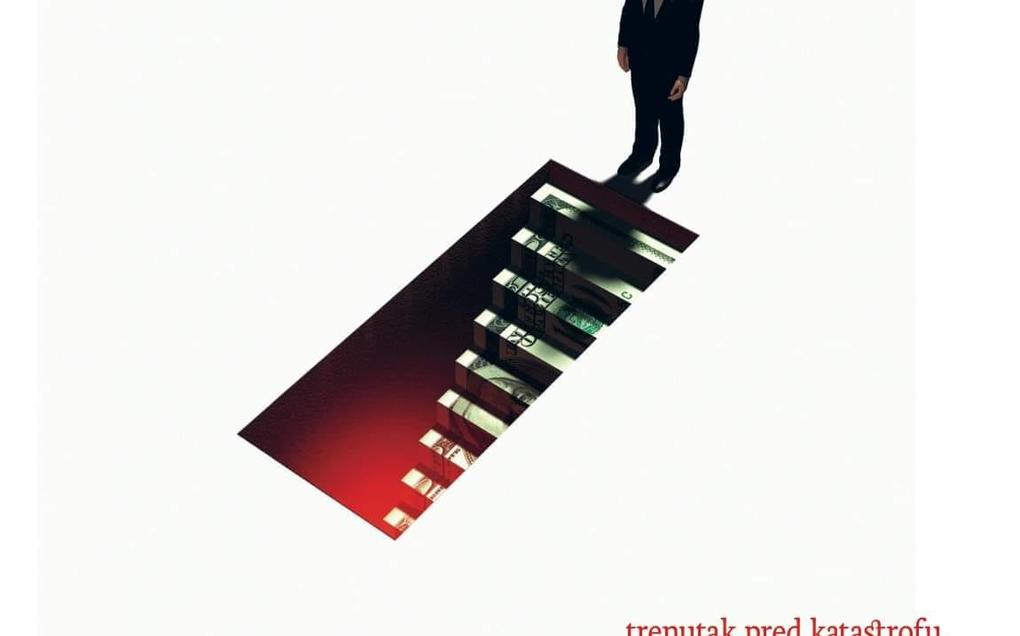Alternative biographies
Vinko Vincenzo Komnen
There are three extant madrigals written by him and published in 1663 in Venice, and it is possible that he was the author of, as yet undiscovered, work of music theory entitled Bilješke iz geometrije, aritmetike, glazbe i astrologije (Notes on geometry, arithmetic, music and astrology). He also wrote works in the fields of linguistics, poetry, theology and philosophy. After he finished studying he settled down in Italy, changed his name from Piranese to Comneno (Vincentius Comnenus) and proclaimed himself to be the descendant of the imperial Byzantine family of Comnenus, who ruled Constantinople from 1057 – 1185 and Trebizond from 1204 – 1466. In order to prove the truthfulness of such claims, he had an editor – abbot Lorenzo Miniati from Naples – publish the collection Le glorie cadute in Venice in 1663, which contained more than 800 pages! Many learned men of the time appeared as authors of the book, but scientists think that he made the whole thing up and wrote it partly because, by appropriating the surname of the Byzantine imperial family, he wanted to improve his social standing. It should be noted, though, that appropriation of noble titles and extreme braggadocio were quite a common occurrence at the time! This was actually an intriguing work that contained, together with a series of false documents, hundreds of poems, proverbs, sayings and it showed Komnen’s relationships with important Croatian contemporaries relevant for our cultural history. He was very successful in his role as the head priest in the undefeated Spanish armada. The sailors were enthralled by his sermons. At a critical moment during a battle with the English fleet, when the Spanish navy became despondent, he took the command bridge and turned an obvious defeat into victory. His contemporaries thought highly of his rhetorical skills and claimed that Komnen was worth as many as 3,000 well-armed soldiers. His portrait was published in the famous Miniati collection. The engraving was created by painter Ruphonus. It shows our Vinko dressed in the Dominican habit, with a dominant Komnen crest, and a panorama of a small coastal town, probably the port of Slano. The Miniati collection also contains the three extant madrigals Vaghe ninfe; they have the same text but different compositions. The theme is mythological – an invitation to nymphs and tritons to come out of sea depths and sing the most delightful songs to the king. Komnen dedicated his music to the Spanish King Philip IV and wanted it to be performed at his court. This small, but valuable, extant oeuvre by Vinko Komnen shows he was an innovative, imaginable and artistically capable composer, who knew how to play different instruments. He has an important position in early Baroque music heritage in Croatia, and despite his extravagance he gradually became a relevant and highly educated figure of the late 17th century humanism in our region. He definitely spent time in Dubrovnik in 1661 when he accused his Dominican brothers of trying to poison him! He was not well-liked because of his boastful nature, and the quarrel erupted because Vinko revealed some monastery secrets to the authorities, so the priests were unrestrained in their reaction. However, nobody confessed to the attempted crime. Komnen also had a very uncomfortable dispute with the Senate and criminal judges in the Dubrovnik Republic.







